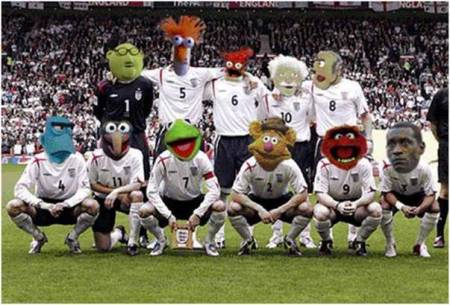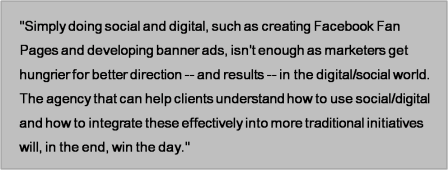After what seems like a very quick year and a bit, I’m making this my last post here on Digital Agency Blog. There are a few reasons for this – but mainly one BIG reason, which I’ll come on to in a second.
Firstly, I haven’t been able to update it as much as I would have liked in the last year – in fact just doing 1 post a month has been the best I could manage at times. Simply not good enough – I know.
Secondly, I’ve sometimes wanted to blog about things that aren’t just to do with digital, digital agencies or account handling. And by doing so I know I may have lost some of my loyal readership, so I didn’t bother. Again, Simply not good enough – I know.
But with that said, the site has still been bringing in an incredible amount of traffic for a blog of this nature – in its peak over 1000 unique visitors a month from all over the world – literally everywhere from New York to Nigeria. So, in my head at least, this means that people are still interested in what I have to say – so I’m not giving up on the blogging, just moving to another corner of the internet.
But the BIG reason – I’m changing jobs. After a lightening year at Albion London working on some amazing projects with an amazing group of people, I’ve been offered the opportunity to work for quite possibly one of the greatest brands of all time. A chance I simply cannot pass up on. That’s all I’m saying for now 🙂
So this is it. Thank you all for making Digital Agency blog what it’s been, it’s opened a lot of doors for me, given me the chance to network with some very talented people and above all else given me an outlet for my geeky digital musings.
From now on I’ll be blogging here: www.neilpotter.net – apologies for the self indulgent name, ironically I couldn’t come up with anything more creative at the time.
Stay in touch, Neil








